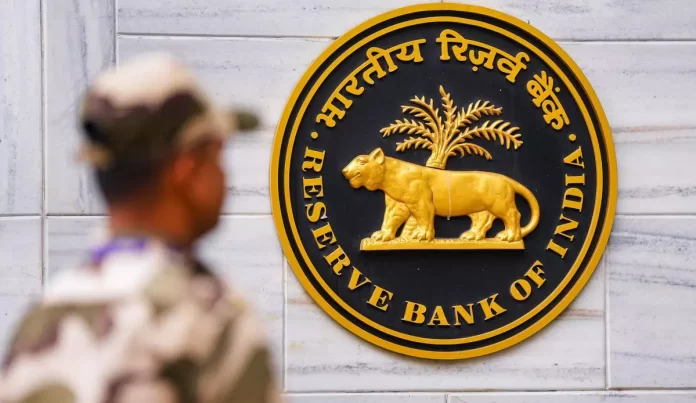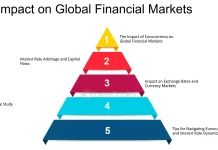As per a report in the Reserve Bank of India’s (RBI) monthly bulletin, the Indian economy maintained its growth momentum in the first half of the financial year 2023-2024 (FY24), with the corporate sector expected to drive the next leg of growth. It further stated that there are growing expectations for the corporate sector to lead the next phase of growth and take over from the government in terms of capital expenditures.
The RBI’s February bulletin featured an article titled “State of the Economy,” which stated that “the corporate sector must get its act together to relieve the government of capex heavy lifting and take advantage of the space ceded in financial markets by a lower budgeted borrowing program and the easing of borrowing costs that has already begun in response to the Interim Budget for 2024–25, driven as it is by capex and consolidation.”
The government declared a lower market borrowing for FY25 compared to FY24 in the Interim Budget for 2024–2025. In contrast to FY24’s Rs 15.4 lakh crore and Rs 11.8 lakh crore, respectively, it announced gross and net market borrowings for the upcoming fiscal year of Rs 14.13 lakh crore and Rs 11.75 lakh crore.
Union Finance Minister Nirmala Sitharaman stated in her speech announcing the Interim Budget 2024–25 that “now that the private investments are happening at scale, the lower borrowings by the central government will facilitate larger availability of credit for the private sector.”
RBI Governor Shaktikanta Das stated that the investment cycle is picking up steam during the announcement of the monetary policy in February. She attributed this to several factors, including a persistent push on government capital expenditures, rising capacity utilisation, an increase in the flow of resources to the commercial sector, and policy support from programs like the production linked incentive (PLI). He added that there is a resurgence in corporate investment in the private sector. According to the RBI survey, private corporations’ investment intentions are still positive, and infrastructure and service companies are both upbeat about the state of the economy overall, Das continued. Michael Patra, the deputy governor of the RBI, and other central bank representatives have prepared the article on the state of the economy. The RBI stated that the authors’ opinions, not the institution’s, are expressed in the article.
According to the article, corporate balance sheets are strong due to their high profits, with the return ratio at a multi-year high and leverage either staying the same or getting better.
It added, “Overall inflation developments are also turning favourable, offering corporates a stable environment to plan expansion strategies ahead of a pick-up in demand.” Consumer price inflation (CPI) is expected to stabilize and decline in January 2024 after peaking in November and December. However, there is a chance that pressure from proteins and cereals will resurface.
From 5.7% in December to a three-month low of 5.1% in January, retail inflation, or CPI, decreased. It is still higher than the RBI’s 4 percent target, though. Core inflation is down from its lowest point since October 2019, and wholesale price inflation for non-food items is still negative. The report stated that this should be good news for manufacturing companies’ selling prices and input cost outlook. It also stated that, according to high frequency indicators, the nation’s economy is maintaining the momentum it had in the first half of FY24.
In January, the National Statistical Office (NSO) published its first advance estimate, which predicted that the real gross domestic product (GDP) growth of the nation would be 7.3% during the fiscal year 2023–2024. By the end of this month, the NSO will release its second advance estimates of the national income for 2023–2024 as well as its first estimates for the third quarter. The third quarter of FY2024 real GDP growth was predicted to be 7% in last month’s State of the Economy article.
The article implied that in order to achieve the annual estimate of 7.3%, real GDP would need to grow by 7% in the fourth quarter.




































